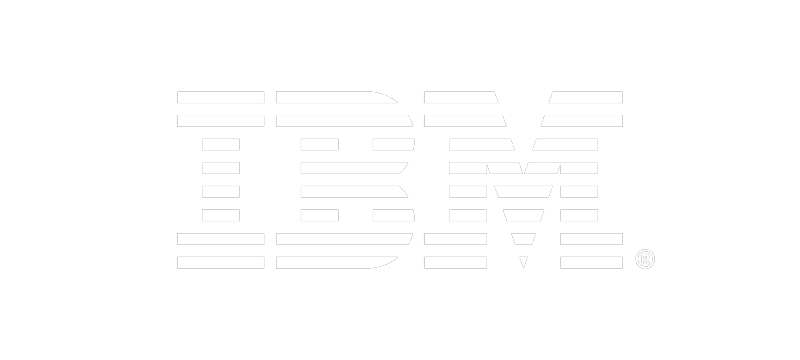HR Tech and Transformation: Where are we now?
Although workplace technology use and utility have expanded since the pandemic’s beginning, HR still has work to do if it is to drive successful and continued transformation using digital means.
Why You Should Care
HR technology utility use has been unprecedented over the last two years but questions remain over how it’s integrated with strategy and other digital platforms and how it drives good experiences of work.
Making HR technology choices must be based on data, strategy alignment as well as employee and managerial needs – leaving HR with a lot to think about.
With an uncertain-at-best economic outlook, HR must understand how to get the most out of any technology transformation or investment.
HR has come a long way with tech transformation – and wants to go further still
It’s almost become passé – almost, but not quite – to use the pandemic period as a way to understand and mark how HR and workplace technology evolved and were utilized in ways, and at a pace, that few might have thought possible prior to this period of peak disruption. Indeed, as Satya Nadella, CEO at Microsoft, said in April 2020: “We’ve seen two years of digital transformation in two months.”
And whilst that transformation came with an increase in remote collaboration, remote learning, the adaption of cloud software, and rollout of new digital infrastructures in novel and widespread ways – as well as some other less savory elements of work, such as moments of increased burnout, managerial frustration, and disconnection – what came out of the roundtable discussion was that HR is still keen to keep transforming with technology.
In fact, all attendees appeared to agree with this, acknowledging that although they were quite a far way along in their HR technology transformation story, they had an appetite to go further still as they understood more of the opportunities technology could provide than they had previously had thought. For example, and as one senior HR attendee explained, their function is now minded to think of improving HR technology not only as a way to save on costs and resources but as a way to deliver an on-demand, consumer-grade experience of work to employees. A definite expansion of remit.
Of course – and this was another point attendees largely agree on – delivering a self-service, on-demand tech-underwritten experience of work and HR services would free up HR time and space to do deeper, more creative, and strategically meaningful work but this, thought several senior HR attendees, should only be one part of the driving force. (That said, the benefits of automating transactional parts of HR processes were discussed). Other hopes for HR technology included better integration of data, using AI to personalize how users interacted with it, and getting better at proactive strategy creating in areas such as retention.
These weren’t the only future plans discussed. Others included decentralizing technology, so different localities within the business (especially if HR was operating in a global company) could use it in different ways as well as getting better and more localized or topic-specific data so decision-making could improve in areas as diverse as D&I through to location-specific hiring. In addition, there were hopes for better dashboards and UI, so different systems could be integrated and aligned, as well more equitable distribution of tools and applications throughout the company.
Attendees were fairly agnostic about how this was delivered. None were looking for a sole provider to deliver this to them – in fact, there was discussion about how rigid single, all-encompassing legacy systems could be – but wanted any system (or systems) to stack together and operate in an aligned manner. This is because there appeared to be an increased appetite from HR to provide a much better experience of technology to the workers, to show them career pathways, and to make day-to-day operations as friction-free as possible.
In fact, the conversation reflected an apparent appetite for any advancement in HR technology provision to be less dictated by, well, HR. At the roundtable attendees discussed how they wanted to be less top-down with decisions and start to utilize or provide, digital platforms and solutions that gave power to managers and employees to allow better engagement with, and experiences of, work.
How HR plans to move forward with technology
With so many future hopes for where HR technology might evolve, the roundtable discussion moved to how this might happen. The conversation touched on techniques for the progression of digital solutions in a savvy and sensitive manner, as well as how to manage and guide the process.
Foremostly, there was an acceptance from attendees that each year the HR technology question will get more complex, as work and business itself also gets more complicated, the result of more generations at work, more options about how to complete work becoming available, and greater individualization. However, as one attendee suggested, the best way to manage this was to lean into this: creating technological solutions that empower managerial independence and align to transformation elsewhere in the business. Another useful element would be to gather data on what employees, functional leaders, and managers think they need to perform their roles successfully, too.
To help manage this complexity, attendees also suggested getting as much data as possible to help make the best technology decision as well as ensuring that any new HR technology adaptations or strategies align with the overall people strategy. Yet, HR shouldn’t, the roundtable attendees agreed, concerns itself with trying to get all the applications it needed from one HR system provider. Although having a single easy-to-use UI or interface was considered crucial, the senior HR attendees were less concerned with getting everything from one provider. In fact, as one senior HR VP explained, not having a single behemoth-type legacy system can underpin a more agile and tailored transformation in the future as HR can tie in add-ons where it needs them most.
Other suggestions to ensure that HR technology and its use continue to transform successfully included getting the deployment stage right, keeping people at the center of decision-making, learning from mistakes and iterating, and being driven by the excitement of what HR technology might do. This is where the conversation concluded: if HR isn’t excited about the potential HR technology could have in reimaging the talent marketplace, making work engaging, and exciting and changing the dynamics within its business, chances are it isn’t an HR function up to scratch.
Why join an UNLEASH roundtable?
Amid the current disruption, HR leaders need to get ahead of the exponential trend where work, technology, and how work gets done have changed forever. But how should we approach the relevant questions, given the radical uncertainty we continue to face as the pandemic becomes more protracted than anyone imagined? Our exclusive Virtual Roundtables are designed to explore where business leaders are focused now, key challenges and prioritization for the rest of the year, and what matters most in planning for what’s next.
Find out what’s upcoming via our Event Calendar.
Sign up to the UNLEASH Newsletter
Get the Editor’s picks of the week delivered straight to your inbox!

Multiple award-winning journalist, editor and content strategist
Dan is an award-winning HR journalist and editor with over five years experience in the HR space.
-
Topics
HR Technology

